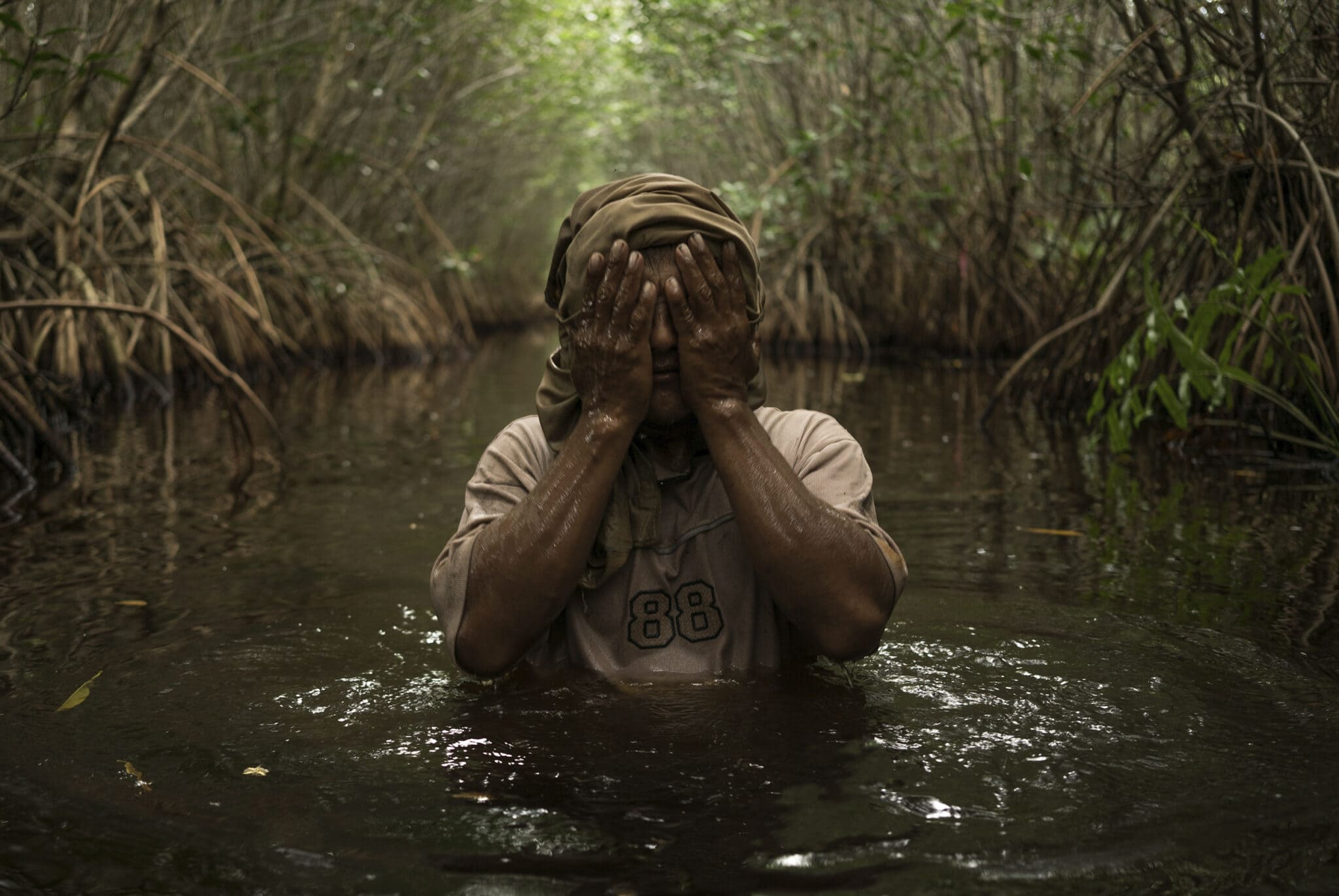
Mayan resistance against agribusiness
In the Yucatán Peninsula, indigenous communities engaged in traditional agriculture are waging a legal battle against the cultivation of genetically modified soybeans by the giant Monsanto. Mexican photographer Robin Canul has been working closely with these communities for a decade: his images serve as evidence in ongoing legal proceedings and, in turn, fuel the interdisciplinary documentary project ‘La colonización del monte,’ a recently awarded work at the Mirar Distinto festival.
By Alonso Almenara
Robin Canul belongs to one of the farming families whose lives were disrupted by a decision of the Mexican state that took effect in June 2012. That month, the government authorized the commercial cultivation of genetically modified soybeans on more than 253,000 hectares distributed across seven states. It was a triumph for the American company Monsanto, making Mexico one of its main strongholds. But it was also the beginning of a nightmare for the thousands of indigenous families whose crops are located in areas adjacent to soybean cultivation: most of them are small beekeeping or traditional corn, bean, and squash farmers who have since faced the risk of contamination from intensive pesticide use.
“These companies are monopolizing the natural resources that belong to the people and have plunged more than half of the country into violence,” says Canul, a 37-year-old documentary photographer and multidisciplinary artist born in Campeche, Yucatán Peninsula. A firsthand witness to the decline of the local economy and the impact of pollution on the traditional ways of life in the area, he has been working for a decade as an activist in various collectives seeking to halt the cultivation of transgenic crops legally. He coordinates the Jaltun Research and Collective Action group and is part of the cultural movement “Narrativas desde la Mayanidad” and the “Sak Bej” collective.
‘La Colonización del Monte’ is a long-term photographic essay in which Canul documents the advance of extractivism on the Maya Peninsula: its devastation of the landscape and society, but also the resistance that this process has provoked in indigenous communities. The photographer explains that in recent years, the conflict has intensified with the implementing of mega-extractive projects such as the Maya Train. “It is fueled not only by the activities of agribusiness companies but also by mining and real estate firms. This results in irreversible socio-environmental transformations.”
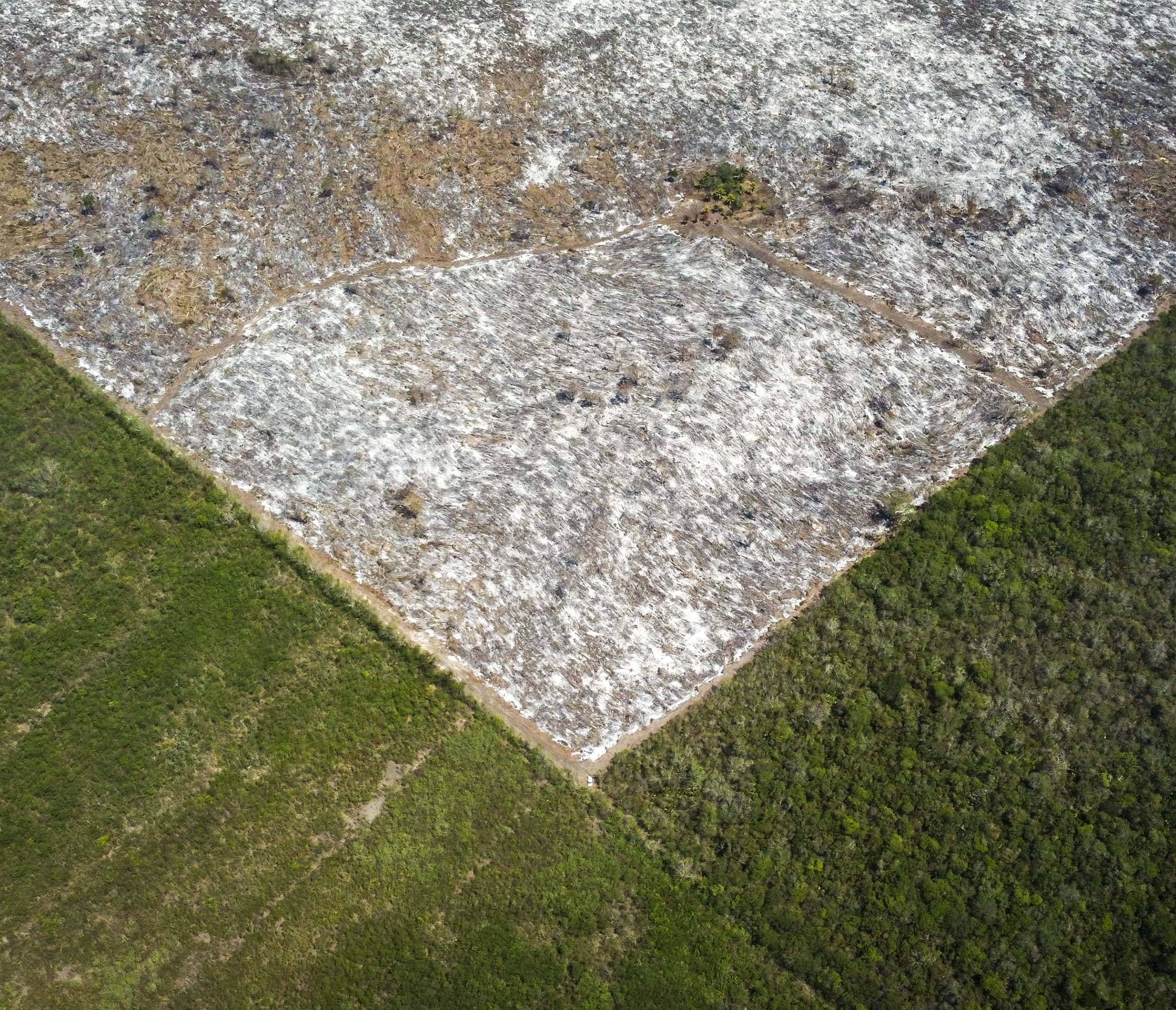
How did you start documenting what is happening on the Mayan Peninsula?
My family and I live in the Campeche region, and we witness what is happening on the Yucatán Peninsula: a conflict caused by a development ideology that does not benefit local communities at all. I noticed this even when I worked as a photojournalist for different media. However, there was not enough time and often little interest in addressing these socio-environmental issues in the conventional press. That was one of the main reasons I decided to embark on independent documentary work, which is not just about creating images for cultural or artistic purposes but primarily serves a social function.
You mentioned that you had to distance yourself from photojournalism to do this work. What do you mean by that?
I say my work is independent. However, my work is not mine alone but rather collective, as these images serve in many cases as evidence in legal processes for the defense of the territory. Some of these photos are georeferenced drone shots, clearly showing the damage caused by agribusiness to the landscape. I also aim for my work to help explain complex processes because neither the national nor local press fully understands what is happening in a territory, who the actors are, who benefits, and who is most affected.
The collective work that interests me is done with grassroots organizations, traveling through the territories, filing complaints, and showing how the landscape is changing and how that is also affecting the communities in terms of health and identity.
But I accept photojournalism. Photojournalism was an important school, but it no longer works for me. It doesn’t work for me in terms of storytelling, how I portray things, and how I conduct myself. These processes need to be built from a different perspective, and personally, it has been very challenging for me to disengage from photojournalism to establish deeper relationships.
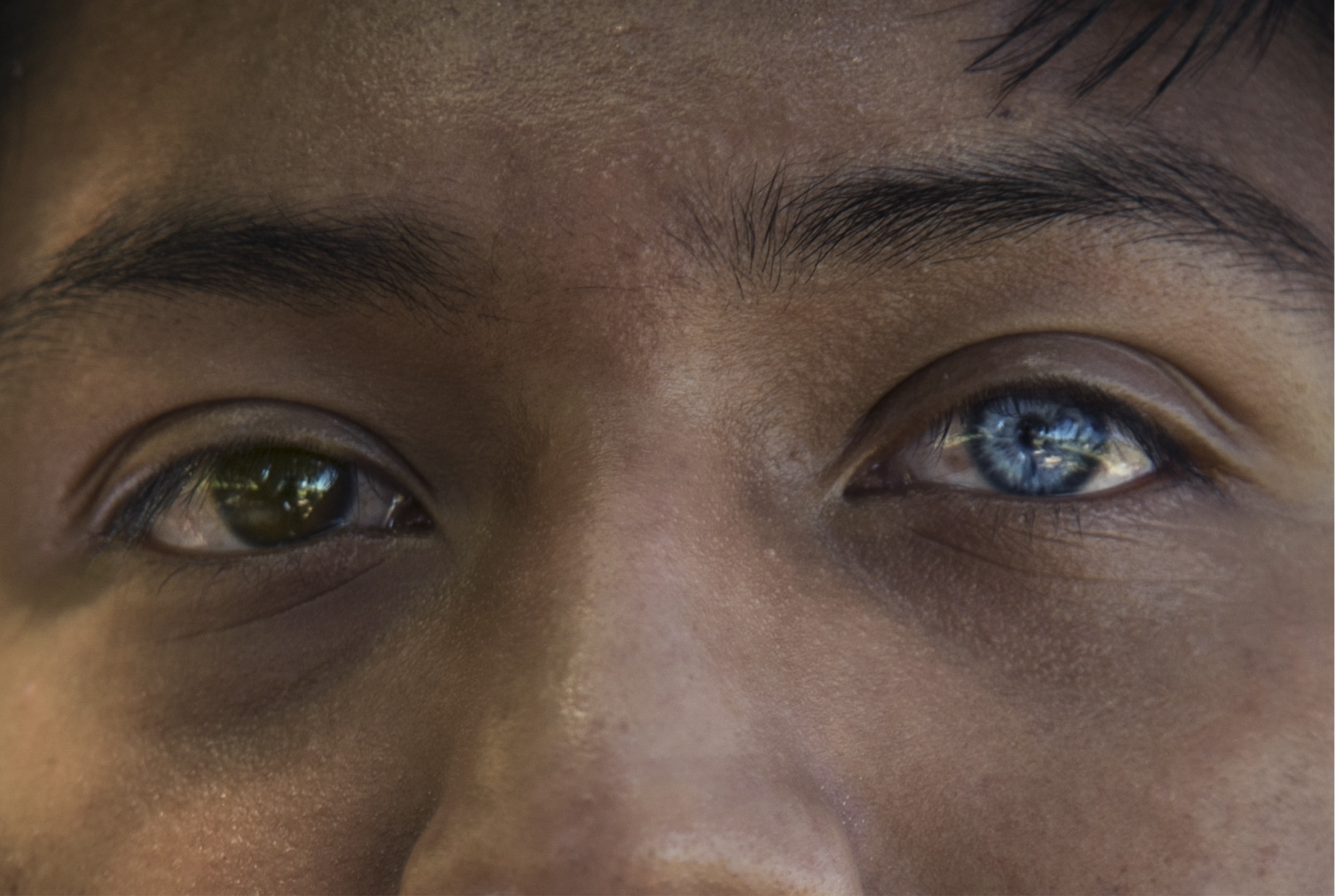
“Local people are the ones who best know the territory, intimately experience these structural changes and suffer these slow violence. It’s time to take up space, and it’s time for these spaces to be ceded so that more people can narrate their own stories from their perspectives.”
Your photographs record the impact of mega-industrial development projects on the landscape and feature expressive portraits of people from farming communities. What did you want to capture in those images?
I have worked directly with various communities in the Yucatán Peninsula, specifically and for several years with the collective of Maya communities in Los Chenes, which was part of the great Maya jungle; this Mesoamerican Biological Corridor that, due to government and corporate decisions, ended up becoming the granary of Southeast Mexico. It was a territory sacrificed for agribusiness, especially for the cultivation of genetically modified soybeans. My work with the collective involved providing evidence that was legally presented by the Maya communities of Los Chenes. But apart from that, I am also interested in documenting social processes. These processes affect me because I experience them, and my family experiences them. I come from a family of traditional corn, bean, and squash farmers, and what drives me is the defense of local agriculture, the milpa. This agro-industrial model jeopardizes the culture and the health of the territory itself. My way of contributing to these struggles is through my work tool.
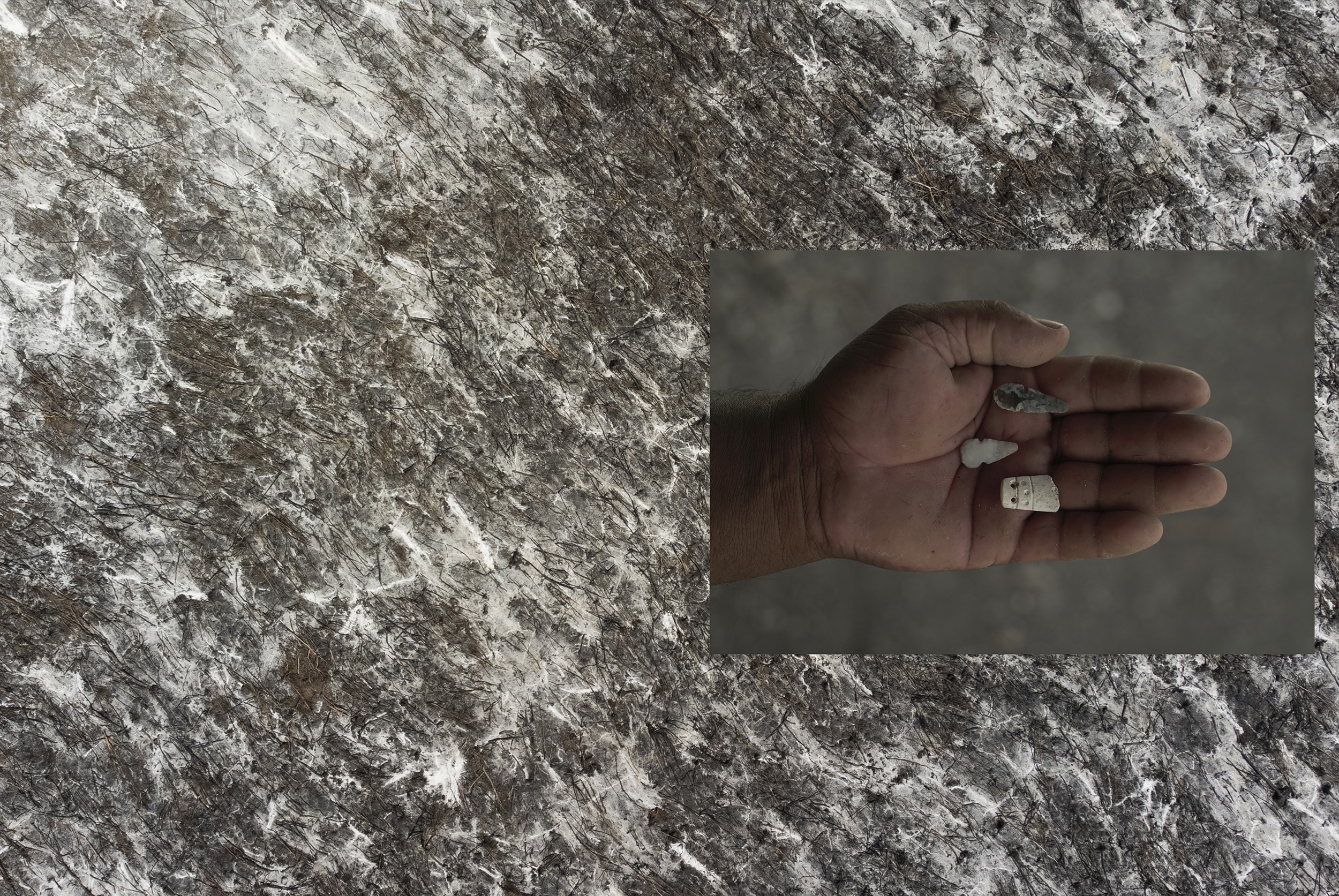
How have you been circulating these images?
I am very grateful to the Mirar Distinto festival for allowing me to showcase this work. I have mainly presented it in university and community spaces, not so much in artistic contexts, because, above all, my work is social. However, this time, the festival invited us to be part of an Environmental panel. It opened the opportunity to share with colleagues documenting what is happening in different places from various perspectives regarding issues like water and what is happening in the Mexican Caribbean, which is very similar to what is happening in the Maya Peninsula. These are development models that involve the sacrifice of territories and societies. It was crucial to be in such a space and show my work for the first time to curators, specialists, photographers, and editors.
For me, it’s also an opportunity to understand how this work can engage in other ways because it’s not just images; it includes the installation of soundscapes, as well as working with cartography to map different processes.
What do you gain from the dialogue with curators or people from the art world?
It broadens the perspective. While I don’t see my work in a gallery, I am interested in engaging with different disciplines, such as sound design, installation, and object art. Fortunately, new spaces and forms of storytelling are emerging, which is important. For example, World Press Photo now has a category for long-term projects and an open category. This breaks the characteristic gap of photojournalism, and I don’t think any is turning back. The Mirar Distinto festival specifically raises these ruptures and benefits people like me, who have this profession as a vocation and a social conviction; it allows us to look at different types of images and different uses of photography.
I am very interested in how multidisciplinarity strongly reinforces narrative. In my case, I do it because, by moving away from photojournalism and getting closer to community processes, I need to document in photography, video, and audio. Unfortunately, the Yucatán Peninsula is the last significant link to biodiversity in Mexico, and everything is changing. Mega-projects like the Maya Train entail a total modification of the way of life, the landscape, how it sounds, how it looks, and how the territory is experienced.
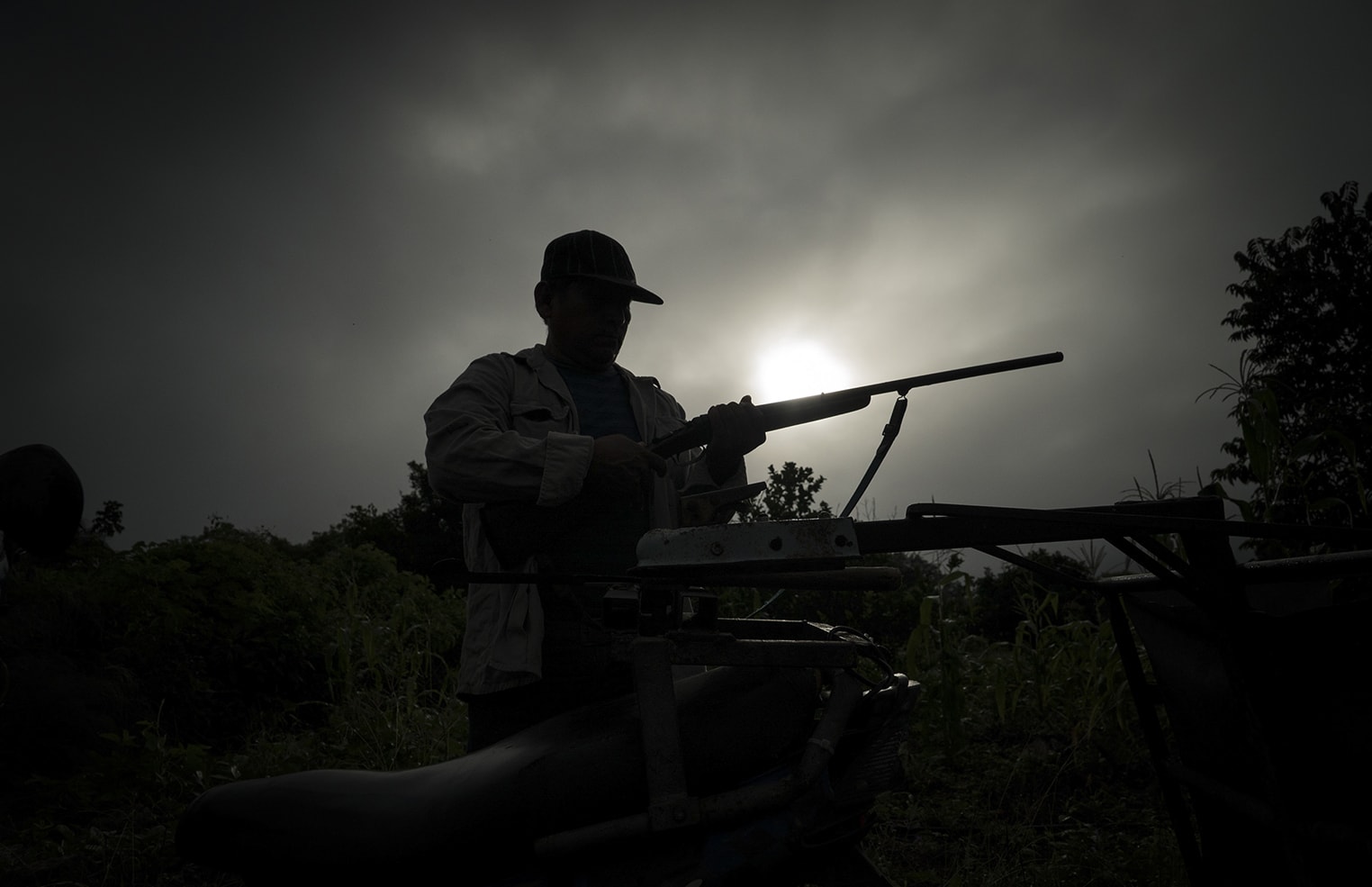
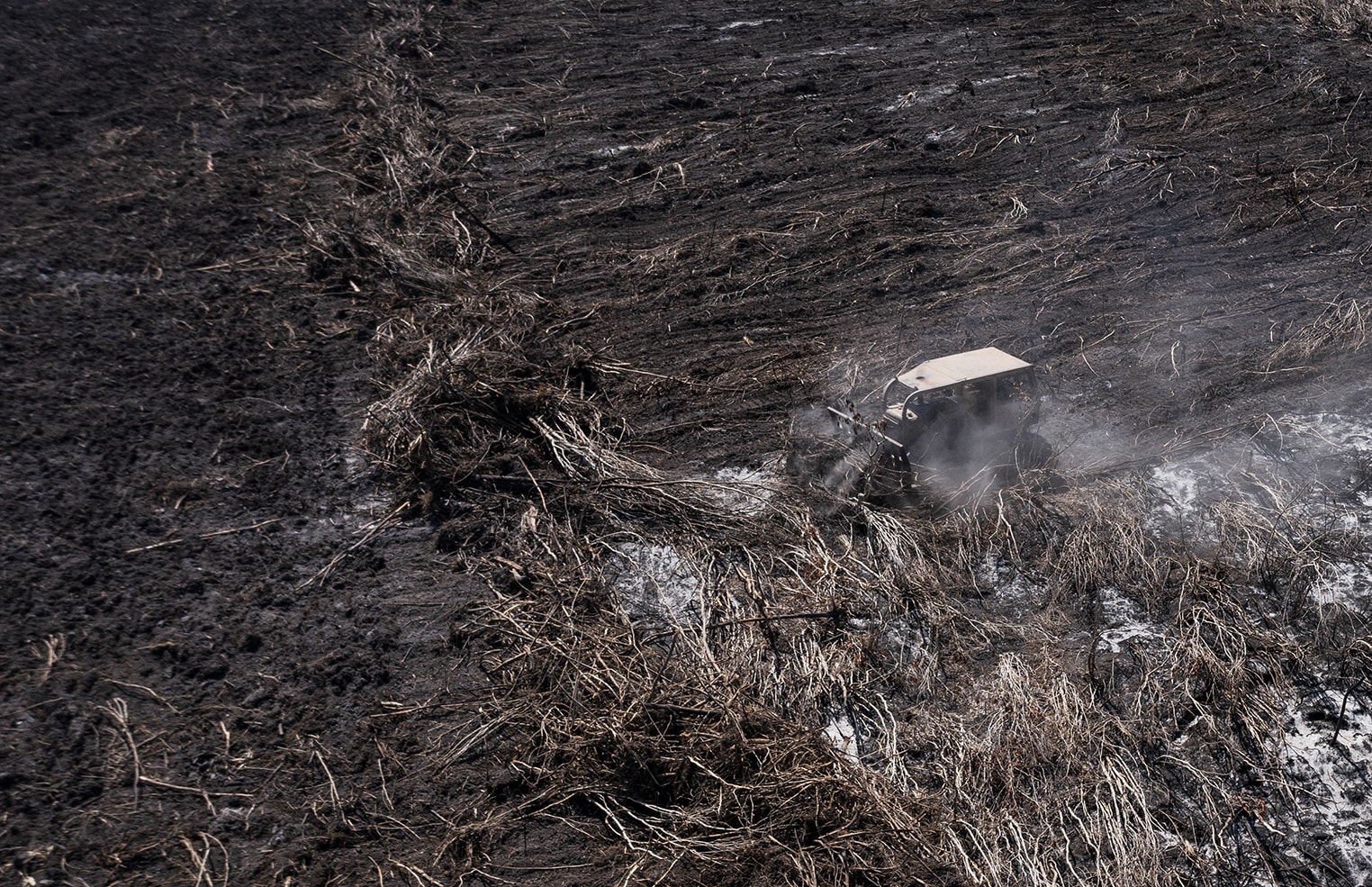
Finally, how important is it that local photographers document these processes?
I think it is crucial that more people become interested in documenting what is happening in their immediate surroundings. Often, those who have the tools, access to information, and the opportunity to work for major media outlets are the ones who carry out this work. However, local people are the ones who best know the territory, who intimately experience these structural changes, and who suffer this slow violence. I believe it’s time to claim these spaces, and it’s also time for them to be shared so that the information gap and the technological gap can be bridged, allowing more people to tell their own stories from their unique perspectives.


